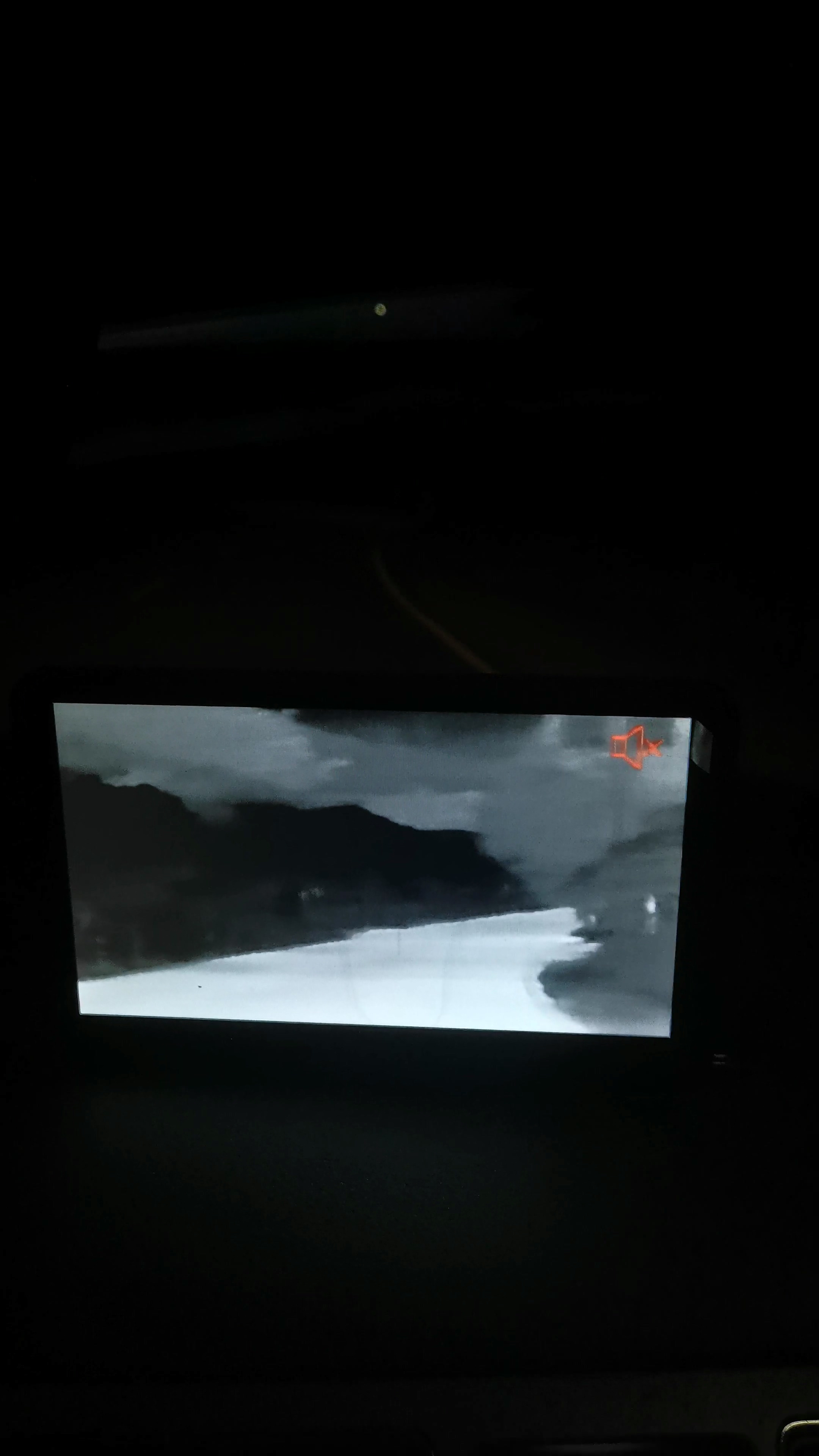2024 Guide: Car Thermal Imaging for Wildlife Detection Benefits
Understanding Wildlife Detection

Car thermal imaging technology is transforming the way we detect and protect wildlife. By integrating thermal imaging into vehicles, we have the potential to significantly decrease wildlife collisions. The impact of these collisions on ecosystems is a growing concern that demands our attention. Wildlife detection through car thermal imaging presents an innovative solution to mitigate these challenges and ensure the safety of both wildlife and humans.
Wildlife Collision Consequences
Environmental Impact
Wildlife collisions disrupt the natural balance of ecosystems, posing a threat to various species.
The loss of wildlife due to collisions can lead to imbalances in food chains and ecosystems, affecting biodiversity and ecosystem stability.
Economic and Social Implications
Wildlife collisions result in significant economic costs related to vehicle damage and medical expenses, impacting both individuals and communities.
Communities are affected by wildlife collisions, leading to safety concerns, emotional distress, and potential disruptions in daily activities.
Advantages of Thermal Imaging
Car thermal imaging offers a range of advantages for wildlife detection and protection, leveraging advanced technology to enhance safety on the roads.
Enhanced Wildlife Detection
Car thermal imaging provides superior visibility of wildlife in challenging conditions such as low light or adverse weather. The use of infrared imaging allows drivers to detect animals that may be difficult to see with the naked eye, reducing the risk of collisions.
Thermal scanning enables early detection of wildlife, giving drivers more time to react and take necessary precautions to avoid potential accidents.
Integration with Vehicle Safety Systems
Thermal imaging can seamlessly integrate into existing vehicle safety systems, providing real-time alerts to drivers when wildlife is detected nearby. This integration enhances driver awareness and helps them respond promptly to the presence of wildlife on the road, ultimately reducing the likelihood of collisions.
The incorporation of heat-based imaging in vehicles contributes to overall road safety by providing drivers with crucial information about potential hazards, allowing for proactive measures to be taken.
Conservation Strategies
Conservation strategies are essential for minimizing the impact of wildlife collisions and preserving natural ecosystems. By implementing effective wildlife preservation tactics, we can work towards reducing the risk of human-wildlife conflicts and protecting biodiversity.
Habitat Preservation
Preserving natural habitats and creating wildlife corridors are key environmental protection methods that can significantly reduce the risk of wildlife collisions. These conservation efforts aim to maintain the integrity of ecosystems while providing safe pathways for wildlife to navigate across human-dominated landscapes.
Wildlife preservation tactics such as habitat preservation play a vital role in safeguarding diverse species and minimizing disturbances to their natural habitats. By designating protected areas and establishing wildlife corridors, conservationists contribute to the long-term sustainability of ecosystems and the well-being of wildlife populations.
Public Awareness and Education
Educating the public about biodiversity conservation approaches and the importance of wildlife protection is crucial for fostering a culture of responsible environmental stewardship. Through awareness campaigns and educational initiatives, communities can be encouraged to embrace responsible driving practices and adopt wildlife-friendly behaviors.
Public awareness and education are fundamental components of effective conservation strategies, promoting a harmonious coexistence between humans and wildlife. By raising awareness about the significance of conserving natural habitats, individuals can contribute to the collective effort in mitigating human-wildlife conflicts.
Improving Wildlife Protection
Technological Advancements
Ongoing progress in thermal imaging technology holds the potential to significantly bolster wildlife protection measures. The continual refinement of vehicle-mounted thermal imaging systems contributes to the advancement of fauna safeguarding and biodiversity preservation.
Innovations in thermal imaging not only enhance the visibility of wildlife but also facilitate proactive measures to prevent collisions, thereby contributing to animal welfare enhancement and overall ecosystem stability.
Collaborative Initiatives
Effective wildlife protection efforts are contingent upon collaborative endeavors between technology developers, conservationists, and government agencies. By fostering partnerships and initiatives focused on wildlife detection and conservation, long-term success in wildlife protection can be achieved.
Collaborative initiatives play a pivotal role in aligning technological innovation with conservation strategies, ensuring a holistic approach to wildlife protection that encompasses both technological advancements and environmental stewardship.
Future of Wildlife Detection
The future of wildlife detection hinges on the continual advancement and integration of cutting-edge technologies, such as car thermal imaging. As we move forward, collaborative efforts and technological innovation will be pivotal in mitigating wildlife collisions and ensuring the safety of both wildlife and humans. Car thermal imaging for wildlife detection holds great promise for the conservation and protection of ecosystems and biodiversity, offering a proactive approach to addressing the challenges associated with human-wildlife interactions.
See Also
Comprehensive 2024 Drone Thermal Imaging Guide: All You Must Understand
Comparison of Vehicle Thermal Imaging Cameras: Safety and Care Handbook
Improving Nighttime Driving Safety with Thermal Imaging for Land Rover Jaguar
The Tomorrow of Nocturnal Vision: Advancements in Vehicle Thermal Imaging Cameras
Boosting Safety and Protection: The Advantages of Thermal Imaging Cameras
Contact Us: Ms. Coco Huang
E-mail: sales@iasun.cn
WhatsApp/Wechat: +86 13510421923

